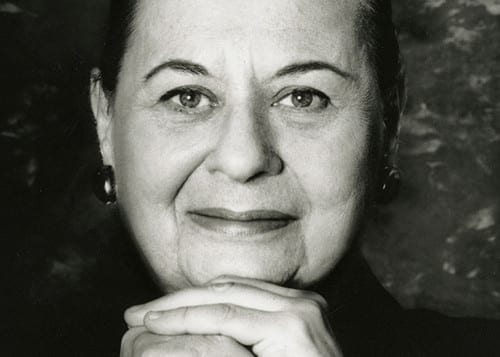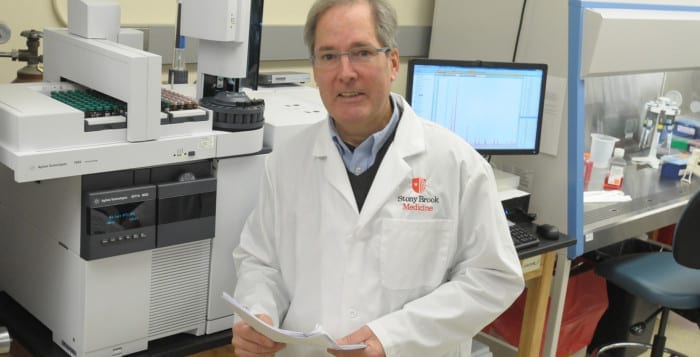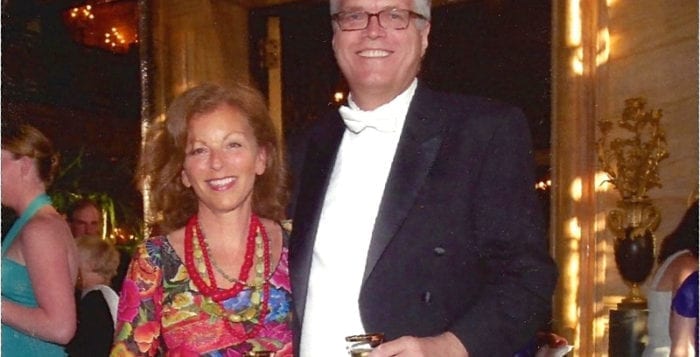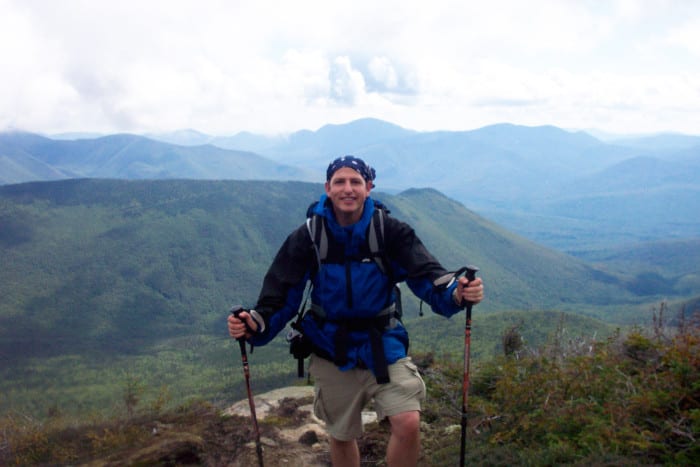A mere accident altered the life of Evelyn Berezin, and now, at almost 90 years old, she is being honored as one of the pioneers in the computer industry.
After 75 years since building her first computer, Berezin — a Poquott resident — is being honored and inducted into the Computer History Museum on April 25 in Mountain View, Calif., because of her impact on the ever-growing technology industry.
“Most people don’t know what a woman of great accomplishment she is,” said longtime friend Kathleen Mullinix, who will be traveling to the event with the woman she described as “a brilliant person of substance.”
Berezin said the best part about all of her success since logging into the computer field decades ago is the fact that she had no idea her life would turn out the way it did. She said she initially thought she would take the physics route at a young age, but it all changed for the best.
“I got into it by accident,” Berezin said. “It was so early in the game, I didn’t know what it was.”
But even though her life didn’t turn out exactly how she planned it, she said she has not looked back once since beginning her journey.
Berezin was born in the Bronx on April 12, 1925. At 15, she graduated high school and started at Hunter College, where she found an interest in physics, which was not an area of study at her all-girls school.
The day after Pearl Harbor was bombed, her high school physics teacher knocked on her door and offered her a research job in the field she wanted.
“Every boy in the country was given a number to be drafted,” Berezin recalled on how she was able to get the job. “I happened to be there at the right time.”
At age of 16, Berezin lied about her age to get the job. She said her height helped her pass for 18, so she began working in the lab while attending college at night. She eventually studied math at Brooklyn Polytech, physics and chemistry at NYU and English at Hunter.
Four years later, she received a scholarship from NYU and accomplished her dream and received her degree in physics.
“It’s what I really wanted,” Berezin said.
After graduation, she received an Atomic Energy Commission fellowship while still working toward her Ph.D. Her dream shifted when she met her husband in 1951. Although the two did not have a steady salary, they decided to marry. So the search for a job began.
“I was told [there was] no way I would get a physics job in 1951 because of the Korean War,” Berezin said.
She then met someone who would forever change her life. A recruiter told her there were very few physics jobs in the government. So she decided to ask about computers, even though the industry was in its infancy.
“I had no idea why I asked,” Berezin said. “I never even heard of a computer.”
She landed her first job working for Electronic Computer Corporation for $4,500 a year — a huge increase from her previous $1,600 salary.
Before the company went bankrupt in 1957, she designed three or four different computers that were used by various companies. She then moved on to a job at Teleregister making computers that would distribute stock market information across the country.
After traveling all the way to Connecticut for her job, Berezin decided to switch jobs but stay in the computer business. She took a job with Digitronics and began designing computers with great complexity and speed.
After all her hard work, she still felt she wasn’t getting what she wanted.
“In 1969 I decided I would never get to be vice president because I was a woman,” Berezin said. “I decided to start my own company.”
It was then that Berezin’s company Redactron was born. From 1969 to 1975 she worked hard to build the company up with roughly 500 employees.
During the 1970s, the economy took a dip, when she said money was not coming in and interest rates were high. She decided to sell the company to the Burroughs Corporation for roughly $25 million.
She continued to work at Burroughs as part of the sale.
“At that time you didn’t work on the computer, you worked in them,” Berezin recalled of the large machines on which she worked.
After leaving Burroughs, Berezin spent the rest of her time getting involved in start-up companies and moved to Long Island.









